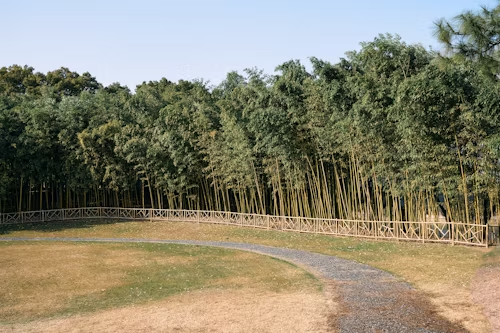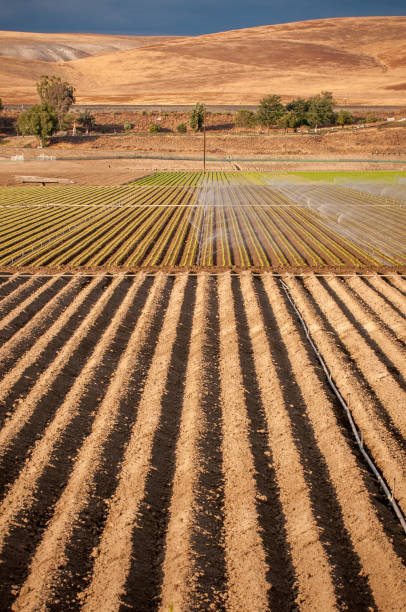Ways to Protect Your Farm from Extreme Weather Conditions

Climate change is no longer a distant concern—it’s a present-day reality for farmers. From unseasonal rains and rising temperatures to floods and prolonged droughts, extreme weather events are directly impacting agricultural productivity and rural livelihoods. To survive and thrive in these challenging times, farmers must adopt strategies that make their farms more weather-resilient. Below are some essential approaches every farmer should consider.
Monitoring Weather Conditions in Real Time
In today’s digital era, staying informed about changing weather is both possible and practical. Real-time weather monitoring allows farmers to take timely action before disaster strikes. With the help of mobile apps, automated weather stations, and government advisories, it’s now easier than ever to get location-specific updates on temperature, rainfall, humidity, and storms. When you’re alerted early about a potential hailstorm or heavy rainfall, you can prepare your fields, protect equipment, and move livestock to safety—minimizing losses and disruptions to your operations.

Choosing the Right Crops and Varieties
Not all crops respond to weather stress in the same way. Selecting climate-resilient varieties that tolerate heat, drought, or excess moisture can significantly reduce risks. For example, short-duration or drought-resistant varieties of rice, wheat, or pulses are better suited for erratic rainfall patterns. Consult local agricultural universities or extension services to identify crops suited to your region’s changing climate. Additionally, diversifying crops—mixing staples with cash crops or perennials—spreads risk and ensures some income even if one crop fails.

Creating Natural Barriers and Wind Protection
Strong winds, dust storms, and cyclonic activity can wreak havoc on farms, destroying crops and eroding topsoil. Establishing natural barriers like windbreaks and shelterbelts along the borders of your farm can provide much-needed protection. Rows of trees, such as neem or bamboo, help reduce wind velocity, limit soil loss, and protect delicate plants from physical damage. These green buffers also contribute to biodiversity and serve as shade sources for livestock.
Strengthening Farm Infrastructure
Having the right infrastructure in place can make all the difference during extreme weather. For instance, raised beds help prevent waterlogging in heavy rains, while mulched soil retains moisture during dry spells. Using polyhouses or shade nets can protect high-value crops from intense sunlight and hail. Livestock shelters should be designed with proper ventilation for summer and insulation for winter to avoid heat stress or cold-related illnesses. These improvements don’t just protect during a crisis—they enhance long-term productivity.
Efficient Water Management Practices
Water is both a critical asset and a potential threat to farming. During droughts, scarcity affects plant growth, while floods can drown entire fields. That’s why efficient water management is essential. Farm ponds and check dams help store excess rainwater, which can be used during dry spells. Drip irrigation systems ensure that every drop reaches the root zone, conserving water and increasing efficiency. Meanwhile, building proper drainage systems around fields ensures that excess water flows out quickly, preventing root rot and soil erosion.

Improving Soil Health and Resilience
Healthy soil is your farm’s hidden defense against extreme weather. Soils rich in organic matter absorb more water during rains and hold moisture better during droughts. Regular soil testing helps you understand the current condition of your land so you can apply the right amendments, such as compost, gypsum, or lime. Practices like crop rotation, cover cropping, and mulching not only improve fertility but also make soil more resilient to temperature fluctuations and heavy rain.
Staying Connected and Informed
No farmer should face climate risks alone. Joining local farming groups, digital platforms, or cooperatives ensures that you’re not only aware of upcoming weather threats but also connected to advice, assistance, and best practices. Mobile apps like Krishi Kutumb empower farmers with weather alerts, expert insights, community discussions, and access to reliable farm inputs. When farmers share their experiences and solutions, the entire community becomes stronger and more adaptive.
Conclusion
Extreme weather is becoming more frequent and intense, but it doesn’t have to define the future of farming. By combining traditional wisdom with modern science—staying informed, investing in infrastructure, choosing the right crops, and working together—farmers can build stronger, more resilient farms that can withstand the unpredictability of climate change. The road ahead requires preparation and adaptability, but with the right steps, farmers can not only survive but thrive.